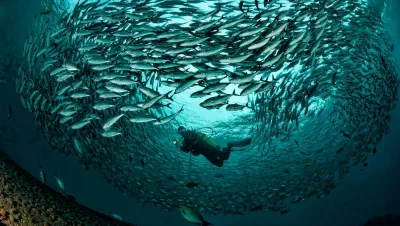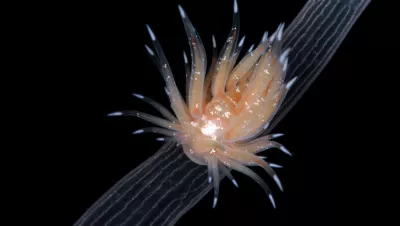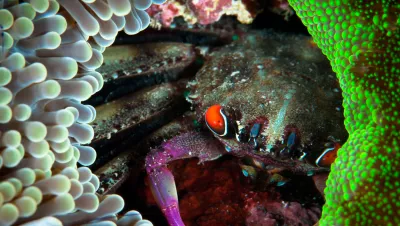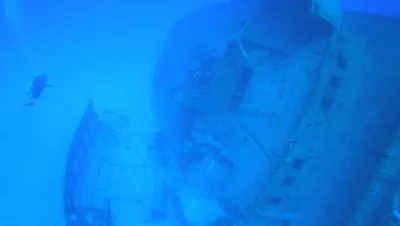Becoming a good technical diver means starting with the solid basics. There is no magic! But let’s take a look at several things in general...
X-Ray Mag #52
X-Ray Mag Global edition ~50 Mb
Feature articles in this issue with stand-alone pdfs
Few fine artists have been able to marry the sensuous nature of luxurious textiles with the luscious diversity of underwater realm as well as Amanda Richardson.
When people from the United States go on a European vacation, diving is usually not on the agenda. But the Costa Brava area on the northeastern coast of Spain offers some interesting diving. It might not be as colorful as the Red Sea or Indonesia, but add on the cultural experience, and it is worth a visit.
While the number of camera manufacturers with horses in the mirrorless race has now reached critical mass with the recent entrance of Canon and its EOS-M, and the earlier entrance of Nikon with the J1 and V1 cameras, the number of models available has grown even more. However, for underwater photography the choices narrow somewhat and the early entrants in the mirrorless race, Olympus, Panasonic and Sony, are very much in the lead.
Cold water diving will never be the same after a visit to Gulen situated north of Bergen on the Norwegian west coast. Here, history meets present day, the deep ocean meets kelp forest and the gargantuan meets the minuscule.
Whatever you want to see underwater, chances are good that you will find it at the Gulen Dive Resort.
The idea of diving Micronesia forms dreams of warm, crystal blue waters with big animals, wrecks and mantas. Most divers probably include it on their dream dive destination list, or, those who’ve been there eagerly recommend it to dive buddies and reminisce about sharks, mantas and the beauty of these wonderful islands.
First off, a confession. I love diving in Roatan. Why? For a couple of reasons. Number one—the reefs around the island are still in superb shape. Not a lot of ocean-going pelagics, it’s true. But I’ve been diving the reefs of the Caribbean for more than ten years, and I would rank Roatan in the top two. (Bonaire would be my other choice.)
Tick tock tick tock. Have you ever heard someone say, “There goes 15 minutes of my life I will never get back?” While there are many different philosophies and applications of time, most divers don’t want to waste it. Instead, divers carefully invest some of their precious time, energy and money planning and preparing for their ideal SCUBA experience.
Anyone who has faced an agitated shark has felt the power of communication through body language. The response is so immediate and so physical, that emotion, expressing through body language, is revealed as an important medium of pre-vocal communication among animals.
Scientific diving appears to be one of the safer forms of diving, a recent study of incidences of decompression illness over ten years has found. This safety seems to be facilitated by a combination of relatively high levels of training and oversight, the predominance of shallow, no-decompression diving and, possibly, low peer or institutional pressure to complete dives under less than optimal circumstances.








